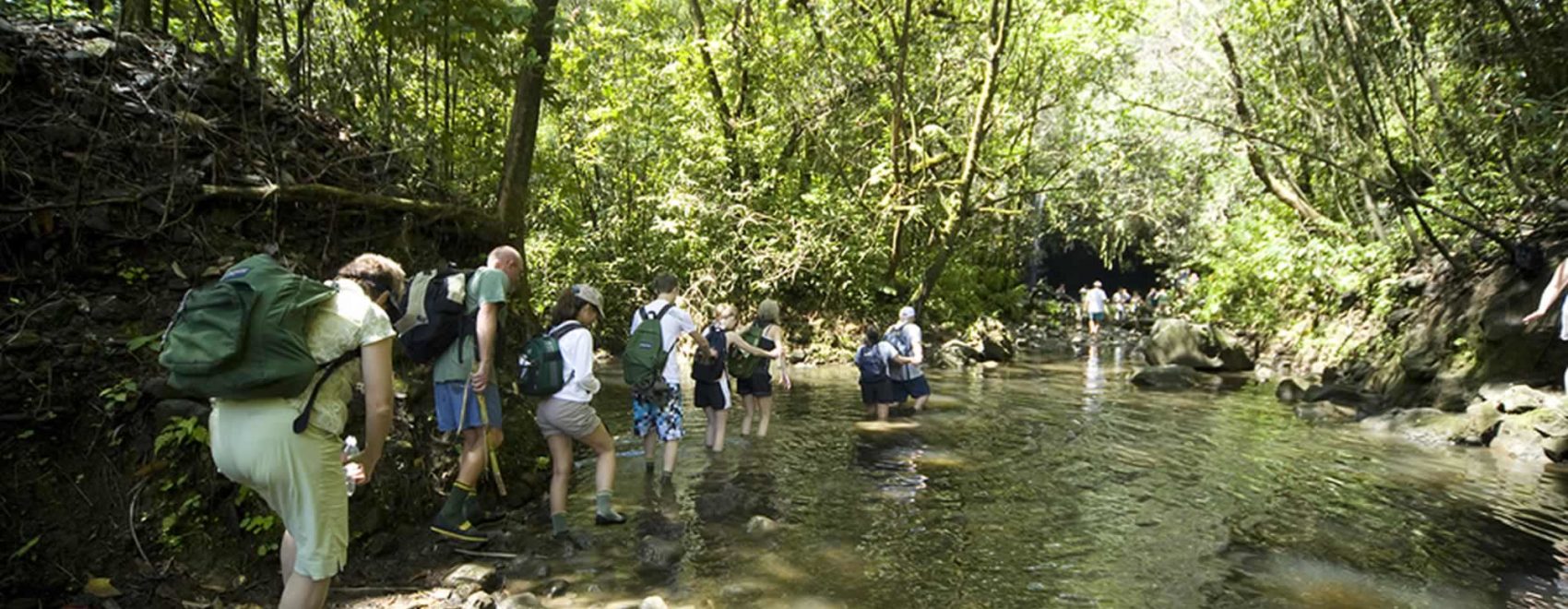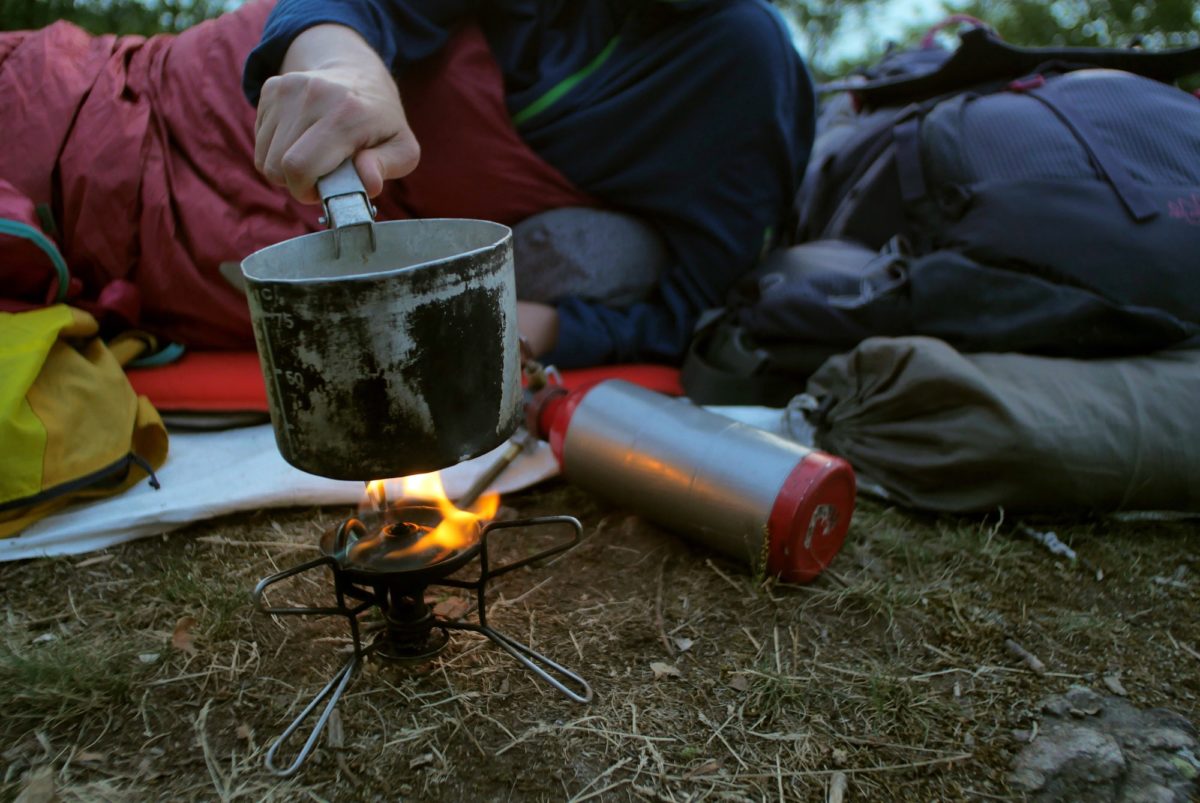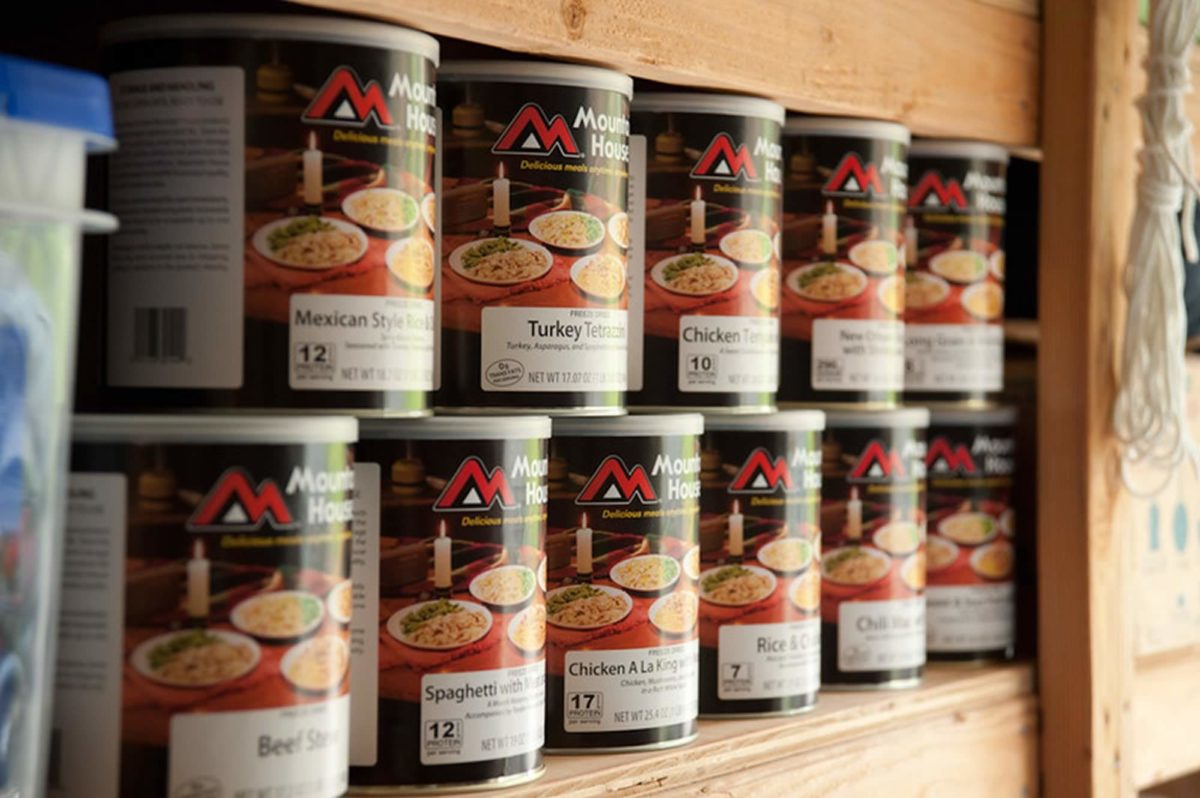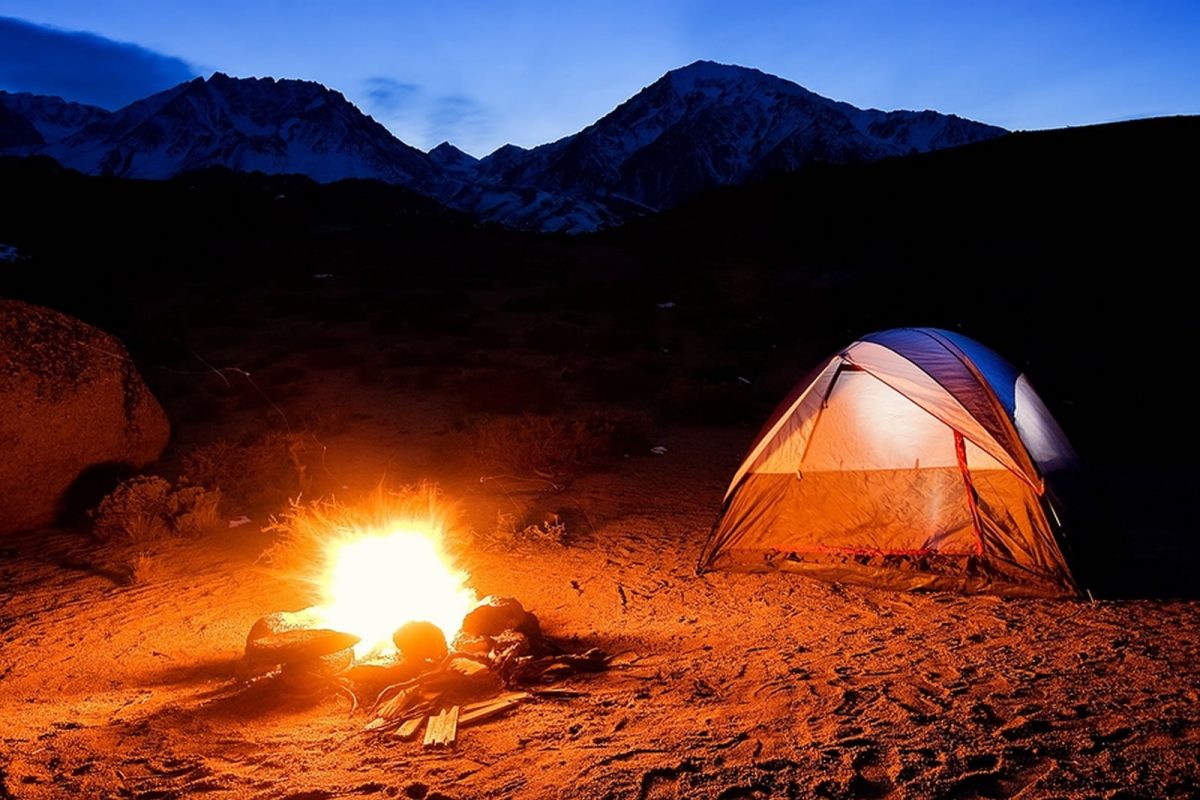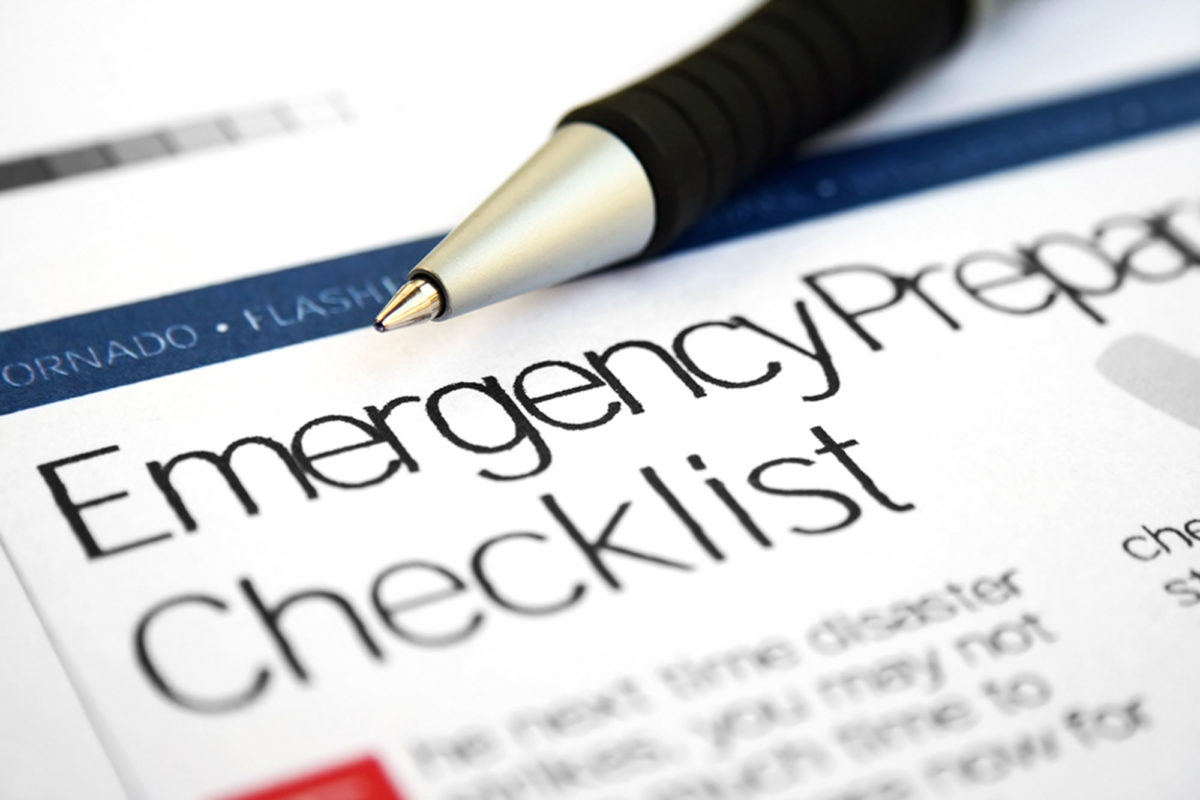Bugout Profile: Family Bug Out Plan
This is a common image for bugging out: You hear a warning, some kind of impending disaster. You run to the closet and grab your bugout bag. You head for the car, throw the bugout bag in the back seat, and drive away to your hideout in a nearby forest. Easy peasy. Except your two kids are in school, your wife is shopping at a local mall, and your mother lives in the next town.
If you’re not bugging out all by your lonesome, which is likely to be a majority of people, your bug out plans probably must include other people, notably family. Needless to say, this complicates matters.
Who and how many people are going to bug out with you? Where are they likely to be when an emergency strikes? How will you communicate? Where will you be able to meet up? Do they all need bugout bags, and where will those be? Lots of questions, most with difficult or uncertain answers. It’s called logistics folks, and more isn’t necessarily merrier.

Perhaps the biggest X-Factor in your bug out plan and bugging out with multiple people is the time available. If there’s a hurricane warning, you might have hours or even days to get everybody together, load survival gear and drive to safety. If the disaster has already happened, or is only minutes away, then the task is infinitely harder…or it could be impossible.
Most survivalists are, at least in a sense, optimists. We believe that there’s always a chance of survival – which there is – but that doesn’t mean there aren’t some very hard decisions to be made and pain to endure. Coordinating multiple people within your bug out plan in a disaster situation is, at best, difficult.
If you’re planning to bug out with other people, most cases a family, plans for coordination have to happen before disaster. It’s hard to rehearse something like this, especially for kids, but everyone has to understand that wherever they are and whatever they’re doing, if an emergency is about to happen, their first responsibility is to communicate and locate. They have to get in touch with the person coordinating the evacuation and know how to get to a pick-up location.
This is one sentence to write, an anguishing difficult task for people to execute in moments of panic and confusion. Nevertheless, preparation can make it possible. Emergency plans, personal phones with pre-loaded numbers, pre-arranged pickup locations, caches or easy locations for bugout bags and other gear – there are lots of things you can do to prepare your family (or others) to bug out, but it has to be worked out in advance and better yet, practiced.
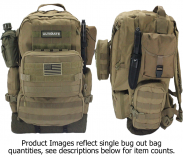
One of the specialties of Ultimate Bugout Bags is two-person and family packages. These have
the advantage of coordinating food and gear for multiple people in a minimum of space. These bag combinations simplify logistics, because just about everything you need for a family’s survival (for 2, 3, 6, 9, 12, and 15 days) is packed into up tofour backpacks. These packages make “grab and go” about as easy as it can be under pressure and the complications of working with multiple people.
Come to think of it, “working with multiple people” is probably the core issue in surviving a major disaster. There are certain advantages to being a lone wolf in a crisis, but for many of us, that’s an impossibility. While decisions are easier for a single operator, in most cases, teams work better in a crisis. Survival in a disaster usually means performing a very large number of tasks, most of them not routine, in your bug out plan, having a team to perform them spreads the workload and can use the strengths of individuals.

This is all well-known team rationale, particularly from military experience. The catch, and it’s a mighty big one, is creating a team. A family can be a team, but as parents know, getting kids to work together isn’t automatic (not hardly). While practicing as a team for survival situations is a requirement, it may be difficult to get young people to go along with hours of often difficult or unpleasant effort – based on something that hasn’t happened, and in fact, might never happen. Still a family can make a team, with the right motivation.
In your bug out plan you can put together other kinds of bugout teams usually involving people you probably know, such as colleagues from work, school, church or other affiliation. However, there’s a standard caveat – the less well known the people, the more difficult it is to function as a team.
In a panicky disaster situation, how people will react can be hard to predict, and even groups
that seem reliable, say a group of colleagues from work, might fall apart because of personality differences, differences in goals, or simply the confusion of a crisis. It’s possible to bug out with multiple people who are not all close acquaintances, but making it all come together is more difficult.

The key point here is that planning for survival with multiple people isn’t a matter of N times what it takes for one person. Bugout bags and their content need to be appropriate for each person, for an obvious example, the needs of a six-year old girl are vastly different from a nineteen-year old male football player. Planning to bug out, with all the details, changes for multiple people and the logistics need to take into account differences in people. In terms of your bugout profile, if you will be bugging out with multiple people, then they are also part of your bug out plan.
Tutorial Sections

Read More
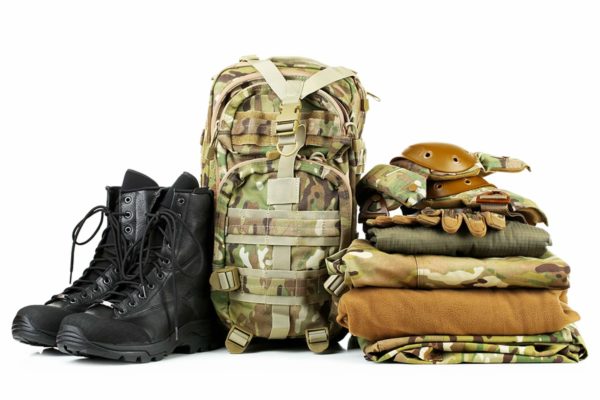
Read More

Read More
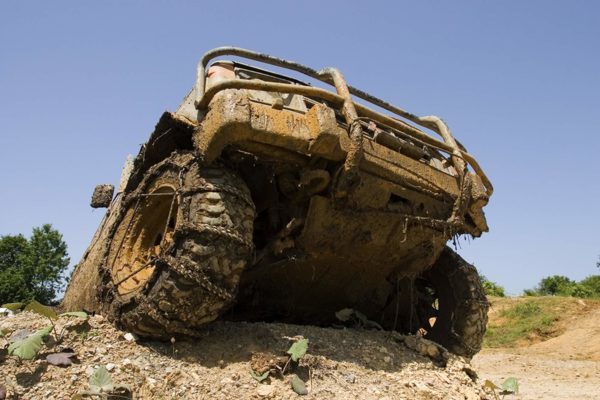
Read More
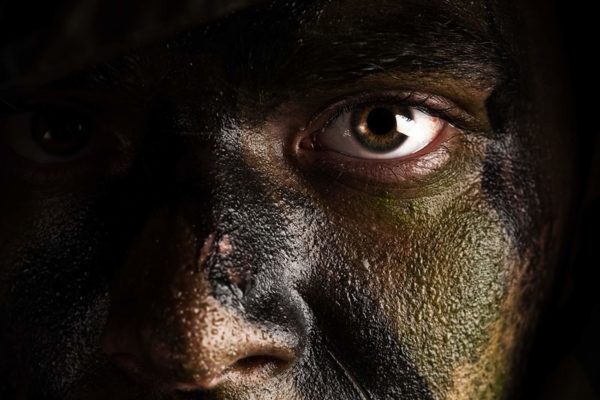
Read More
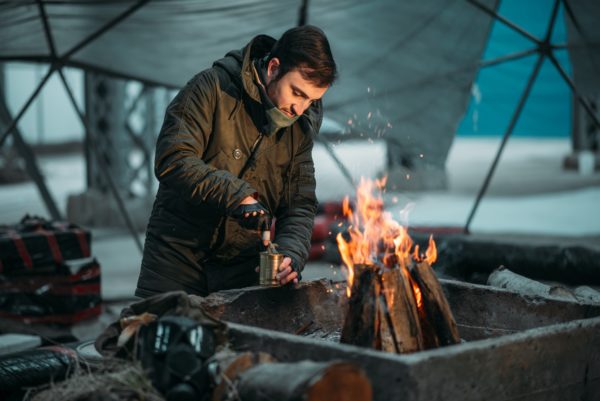
Read More
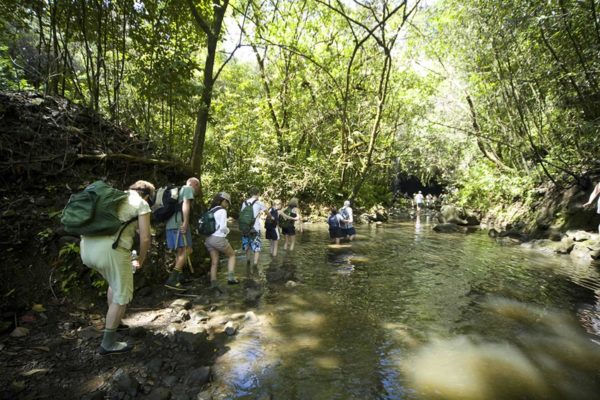
Read More
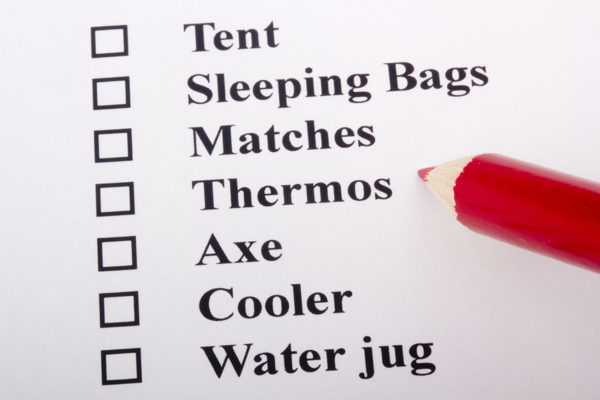
Read More
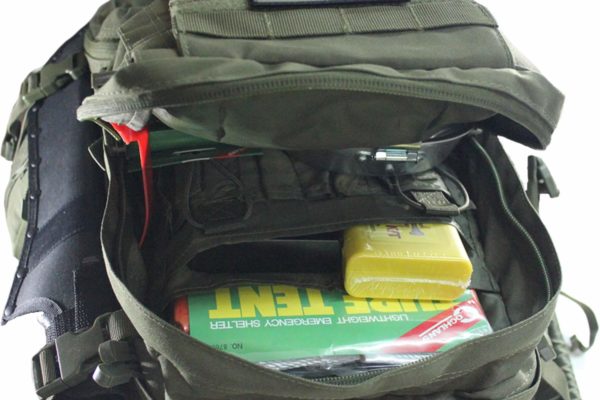
Read More
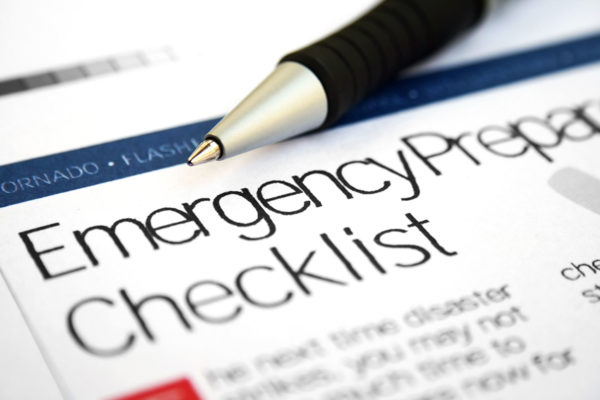
Read More
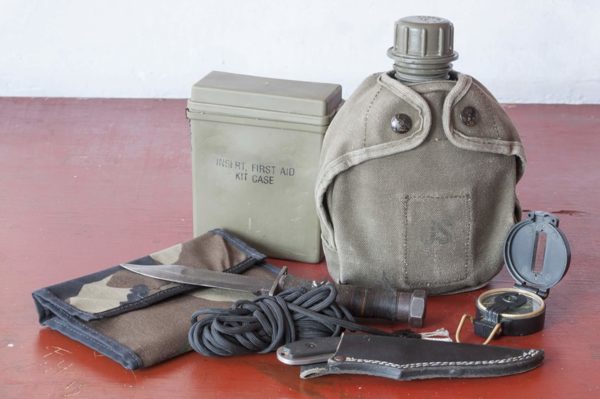
Read More
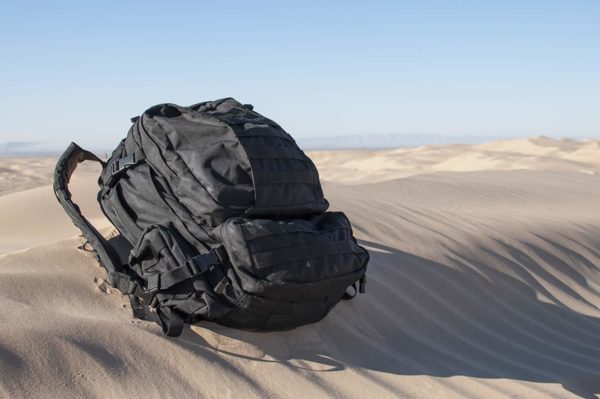
Read More
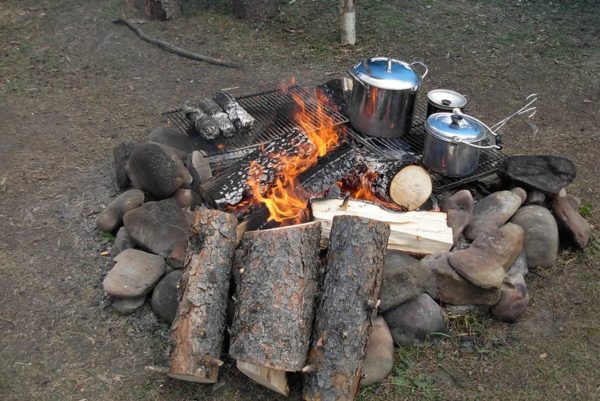
Read More
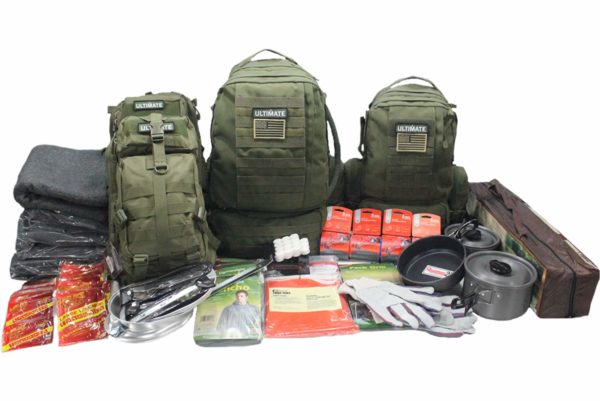
Read More

